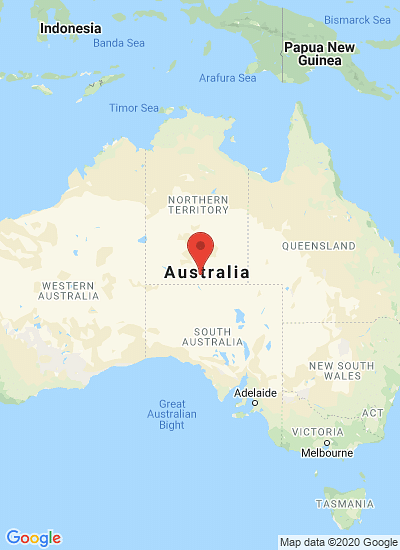In a report published today, Food Standards Australia New Zealand (FSANZ) has shown that intake of trans fatty acids (TFAs) from manufactured sources has declined in the Australian and New Zealand population by 25-40% since 2007.
FSANZ Chief Scientist Dr Paul Brent said this means that total intake of TFAs is now estimated to be 0.5% to 0.6% of total dietary energy which is well below the WHO goal of 1%.
‘This is an excellent outcome after 2 years cooperation between governments, health professionals and the food industry to reformulate foods to include healthier fats. It is an important health outcome for Australians and New Zealanders. Like saturated fats, TFA intake is linked with increased risk of coronary heart disease,’ Dr Brent said.
‘I’m also pleased to see that the reduction in TFA intake hasn’t resulted in an increase in saturated fat intake. Studies suggest consumers may inadvertently consume greater amounts of saturated fats when focussing on labelled amounts of TFAs. This cooperative process seems to have had a better outcome than overseas regulation such as mandatory labelling or setting upper limits (often portrayed as TFA ‘bans’).
‘However, while 90% of Australians and 85% of New Zealanders are consuming TFA below the WHO population goal of 1% of energy intake, there are a small proportion of people who exceed this. Our survey shows that the Australians with TFA intake over 1% of energy are getting their high levels of TFAs from pastry products, sausages, luncheon meats and creamy style pasta dishes. New Zealand consumers over 1% are getting their high levels from pastry products, creamy style pasta dishes, cheese, popcorn, doughnuts and take away style fried foods. We must remember that most of these foods are likely to be high in TFAs from natural sources and are not able to be reduced by changes to industry practices. Also, most of these foods are not everyday foods recommended in a balanced diet.
‘Although TFA consumption has reduced, intakes of saturated fats and TFAs combined are still 14-16% of total energy which is far above the NHMRC recommendation of 8-10%.
‘We advise consumers to reduce their saturated fats by choosing healthier oils and fats, reducing saturated fats by using information from nutrition panels on packaged foods and choosing low or reduced fat dairy products and lean meat and chicken. This will also reduce their TFA consumption further, ‘ Dr Brent concluded.
The FSANZ Report on the 2009 Review of Trans Fatty Acids incorporated data from an analytical survey of TFAs in a range of processed and takeaway foods. The survey was co-ordinated by the New South Wales Food Authority, with assistance from the New Zealand Food Safety Authority and the Health Departments in WA and SA.
The FSANZ Report on the 2009 Review of Trans Fatty Acids, was endorsed at the Australia and New Zealand Food Regulation Ministerial Council in Brisbane on 23 October 2009. The Council agreed to retain the current non-regulatory approaches to reducing the levels of TFAs in the food supply.









